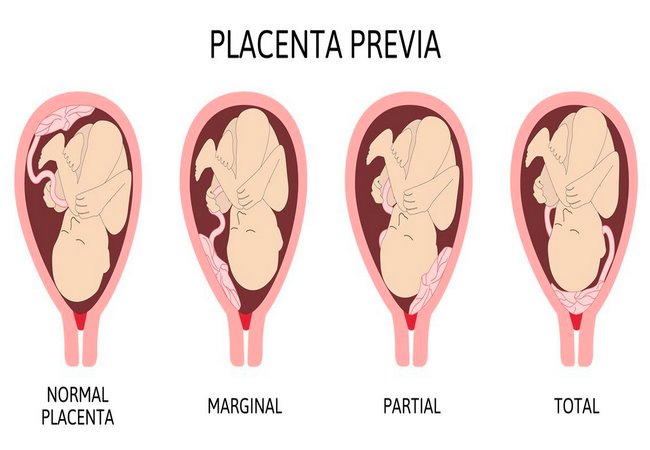What is Post-traumatic Stress Disorder (PTSD)?
Post-traumatic stress disorder (PTSD) is a mental health condition that’s triggered by a terrifyıng event either experiencing it or witnessing it. Symptoms may include flashbacks, nightmares and severe anxiety, as well as uncontrollable thoughts about the event.

Symptoms of Post-traumatic Stress Disorder (PTSD):
Symptoms of post-traumatic stress disorder (PTSD) often are grouped into four main categories, including:
1. Reliving:
People with PTSD repeatedly relive the ordeal through thoughts and memories of the trauma. These may include flashbacks, hallucinations, and nightmares. They also may feel great distress when certain things remind them of the trauma, such as the anniversary date of the event.
2. Avoiding:
The person may avoid people, places, thoughts, or situations that may remind them of the trauma. This can lead to feelings of detachment and isolation from family and friends, as well as a loss of interest in activities that the person once enjoyed.
You can read: Postpartum or Postnatal Depression: Treatment and Prevention
3. Increased arousal:
These include excessive emotions; problems relating to others, including feeling or showing affection; difficulty falling or staying asleep; irritability; outbursts of anger; difficulty concentrating; and being “jumpy” or easily startled. The person may also suffer physical symptoms, such as increased blood pressure and heart rate, rapid breathing, muscle tension, nausea, and diarrhea.
4. Negative cognitions and mood:
This refers to thoughts and feelings related to blame, estrangement, and memories of the traumatic event.
Treatment of Post-traumatic Stress Disorder (PTSD):
The goal of PTSD treatment is to reduce the emotional and physical symptoms, to improve daily functioning, and to help the person better manage with the event that triggered the disorder. Treatment for PTSD may involve psychotherapy (a type of counseling), medication, or both.
Medication:
Doctors use certain antidepressant medications to treat PTSD — and to control the feelings of anxiety and its associated symptoms – including:
- Selective serotonin reuptake inhibitors (SSRIs) as citalopram (Celexa), fluvoxamine (Luvox), fluoxetine (Prozac), paroxetine (Paxil) and sertraline (Zoloft).
- Tricyclic antidepressants such as amitriptyline (Elavil) and isocarboxazid (Doxepin).
- Mood stabilizers such as divalproex (Depakote) and lamotrigine (Lamictal).
- Atypical antipsychotics such as aripiprazole (Abilify) and quetiapine (Seroquel).
Psychotherapy:
Psychotherapy for PTSD involves helping the person learn skills to manage symptoms and develop ways of coping. Therapy also aims to teach the person and their family about the disorder, and help the person work through the fears associated with the traumatic event. A variety of psychotherapy approaches are used to treat people with PTSD, including:
1. Cognitive behavioral therapy:
Which involves learning to recognize and change thought patterns that lead to troublesome emotions, feelings, and behavior.
2. Prolonged exposure therapy:
A type of behavioral therapy that involves having the person relive the traumatic event, or exposing the person to objects or situations that causes anxiety. This is done in a well-controlled and safe environment. Prolonged exposure therapy helps the person confront the fear and gradually become more comfortable with situations that are frightening and cause anxiety. This has been very successful at treating PTSD.
3. Psychodynamic therapy:
Focuses on helping the person examine personal values and the emotional conflicts caused by the traumatic event.
4. Family therapy:
May be useful because the behavior of the person with PTSD can have an effect on other family members.
5. Group therapy:
May be helpful by allowing the person to share thoughts, fears, and feelings with other people who have experienced traumatic events.
6. Eye Desensitization and Reprocessing (EMDR):
It is a complex form of Psychotherapy that was initially designed to alleviate distress associated with traumatic memories and is now also used to treat phobias.
More questions related to this article:
- Define post-traumatic stress disorders.
- What is post-traumatic stress disorders?
- What do you mean by post-traumatic stress disorder?
- Define post-traumatic stress disorders.
- What is the definition of post-traumatic stress disorder?
- Write a short note on post-traumatic stress disorder.
- What are the sign and symptoms of post-traumatic stress disorders?
- Mention the symptoms of PTSD (Post traumatic stress disorders).
- How to treat post-traumatic stress disorders?
- Describe the treatment of post-traumatic stress disorders.
- Write down treatment of post-traumatic stress disorder (PTSD).











